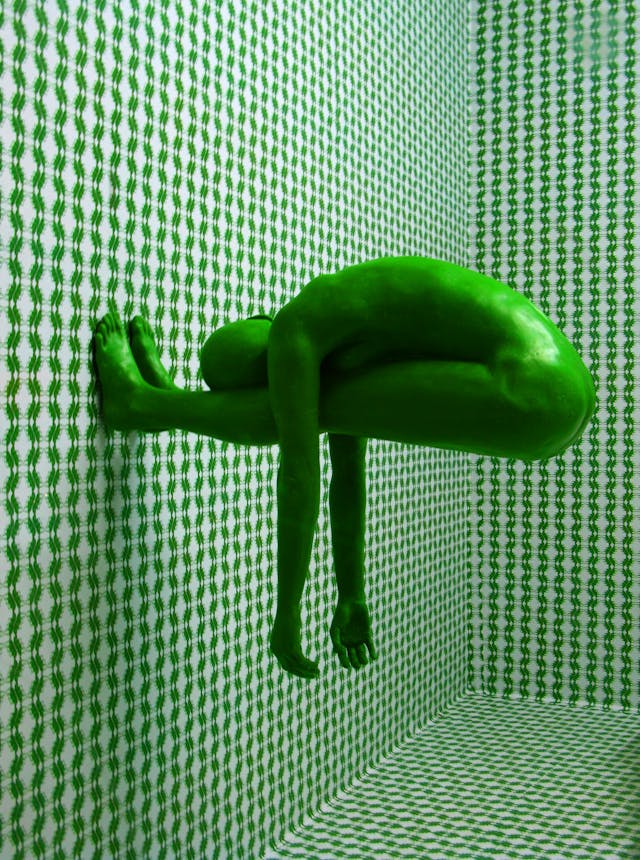Quantum Cryptography: The Fate of Secure Correspondence
Presentation
In a time where computerized security is of foremost significance, customary cryptographic techniques are progressively defenseless against refined digital assaults. Quantum cryptography, utilizing the standards of quantum mechanics, offers a progressive way to deal with secure correspondence. This article digs into the complexities of quantum cryptography, investigating its standards, benefits, difficulties, and expected influence on future correspondence frameworks.
Standards of Quantum Cryptography
Quantum cryptography, explicitly Quantum Key Conveyance (QKD), depends on the key standards of quantum mechanics. The essential standards are quantum superposition and quantum ensnarement.
Quantum Superposition
Superposition is a guideline where a quantum framework can exist in various states all the while until estimated. With regards to quantum cryptography, quantum bits or qubits are utilized, which can address both 0 and 1 simultaneously. This property considers more complicated and secure encoding of data contrasted with traditional pieces, which are either 0 or 1.
Quantum Snare
Snare is a peculiarity where at least two particles become interconnected so that the condition of one molecule immediately impacts the condition of the other, no matter what the distance between them. This property is vital for QKD, as it empowers the making of related sets of qubits that can be utilized to create a common, secret key between two gatherings.

Quantum Key Appropriation (QKD)
QKD is the most noticeable use of quantum cryptography. It permits two gatherings, regularly alluded to as Alice and Bounce, to produce a common mystery key that can be utilized to encode and decode messages. The security of QKD is established in the laws of quantum mechanics, which guarantee that any listening in endeavor will be recognized.
The BB84 Convention
The BB84 convention, created by Charles Bennett and Gilles Brassard in 1984, is the first and most well known QKD convention. It includes the accompanying advances:
- Preparation: Alice creates an irregular succession of qubits in one of four potential polarization states: level, vertical, +45°, and – 45°.
- Transmission: Alice sends the qubits to Bounce through a quantum channel.
- Measurement: Weave arbitrarily picks one of two bases (rectilinear or inclining) to gauge the approaching qubits.
- Key Sifting: Alice and Sway openly look at their bases for each qubit. Just the estimations where their bases match are kept.
- Error Remedy and Protection Amplification: Alice and Bounce perform blunder revision to guarantee the vital consistency and security intensification to take out any data a busybody could have acquired.
The last common key is then utilized for encoding and decoding messages utilizing old style cryptographic calculations.

Benefits of Quantum Cryptography
Quantum cryptography offers a few critical benefits over customary cryptographic techniques:
Unqualified Security
The security of quantum cryptography depends on the basic laws of quantum mechanics as opposed to computational intricacy. This implies that the security isn’t subject to the trouble of tackling numerical issues, making it safe to propels in computational power, including the approach of quantum PCs.
Snoopping Location
Any endeavor to catch and quantify the quantum pieces will acquaint perceptible aggravations due with the Heisenberg Vulnerability Guideline. This property guarantees that both the shipper and beneficiary can distinguish the presence of a snoop and make suitable moves.
Forward Mystery
In QKD, every meeting key is extraordinary and free of past keys. This implies that regardless of whether a past key is compromised, it doesn’t influence the security of future interchanges.
Difficulties and Restrictions
Notwithstanding its commitment, quantum cryptography faces a few difficulties and restrictions that should be tended to for boundless reception.
Mechanical Requirements
Current QKD frameworks require modern and costly gear, for example, single-photon sources, indicators, and quantum channels (regularly optical strands or free-space joins). These advancements are still in the beginning phases of advancement and require critical upgrades regarding cost, effectiveness, and adaptability.
Distance Constraints
The transmission distance of QKD is restricted by the misfortune and clamor in the quantum channel. Optical filaments, for example, experience the ill effects of constriction, which restricts the distance over which quantum signs can be dependably communicated. Arrangements, for example, quantum repeaters, which intensify and retransmit quantum signals, are being grown yet are not yet financially suitable.
Combination with Existing Foundation
Coordinating QKD with existing correspondence foundation represents a critical test. Current organizations are intended for old style correspondence, and progressing to quantum correspondence will require significant changes in equipment and conventions.

Possible Effect on Future Correspondence Frameworks
Notwithstanding these difficulties, quantum cryptography holds the possibility to alter secure correspondence. As innovation propels and conquers current constraints, a few key effects are expected:
Upgraded Security for Basic Framework
Quantum cryptography can give unrivaled security to basic framework, like monetary frameworks, government interchanges, and military organizations. The solid idea of QKD guarantees that delicate data stays secure against any future dangers.
Security Against Quantum Processing Dangers
The approach of quantum PCs represents a critical danger to customary cryptographic strategies, as they might possibly take care of complicated numerical issues dramatically quicker than traditional PCs. Quantum cryptography offers an answer that is intrinsically secure against quantum processing assaults, guaranteeing the life span of secure correspondence.
Headways in Quantum Organizations
The improvement of quantum organizations, which coordinate QKD with old style correspondence, can prompt the formation of super secure correspondence channels. These organizations can uphold a great many applications, including secure web perusing, scrambled distributed storage, and private information transmission.
End
Quantum cryptography addresses a critical jump forward in the field of secure correspondence. By utilizing the standards of quantum mechanics, it offers a degree of safety that is essentially strong by any known means. While there are difficulties to survive, the possible advantages of quantum cryptography are tremendous. As innovative work keep on propelling, we can anticipate that quantum cryptography should assume a pivotal part in defending our computerized future.
